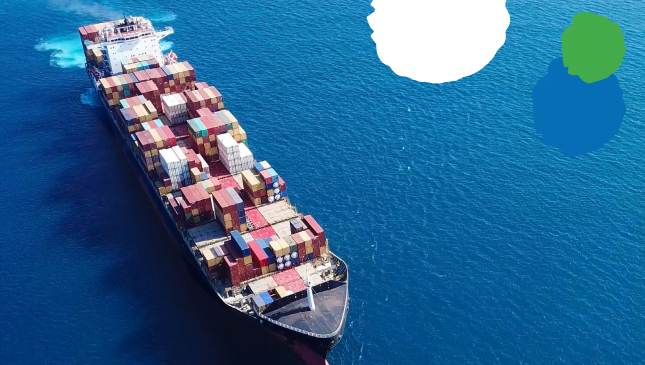Following the recent launch of Clydebank Declaration for the establishment of green shipping corridors, Global Maritime Forum released a report claiming that green routes can get the ball rolling on the transition to zero-emissions shipping.
As the report explains, zero-emission fuels and vessels must start being deployed at scale over the next decade to achieve full decarbonisation of the shipping sector by 2050.
What is more, the study shows that green corridors can leverage favourable conditions for accelerated industry action and allow policy makers to create an enabling ecosystem with targeted regulatory measures, financial incentives, and safety regulations.
In these contexts, the mutually reinforcing actions needed from industry and policymakers to decarbonize shipping become more straightforward, creating end-to-end solutions that can be replicated globally.
Green Corridors can help simplify the challenges of zero-emission shipping, bringing solutions to the water faster and at a meaningful scale. The maritime ecosystem is embarking on a journey to a transformed, zero-emission shipping sector. The task ahead is complex, but not impossible.
…says Johannah Christensen, CEO of the Global Maritime Forum.
As explained, on all green corridors, the success factors are likely be similar:
- corridor-level consensus on fuel pathways
- policy support to help close the cost-gap for higher-cost zero-emission fuels
- value-chain initiatives to pool demand
Aligning on a corridor-specific decarbonisation roadmap based on these factors could provide all stakeholders with the confidence that is needed to invest, co-ordinate, and deliver the solutions at scale required by 2030.
For one thing, green corridors provide sufficient scale and volume for impact as they are large enough to include all the essential value-chain actors needed to scale zero-emission shipping, including fuel producers, vessel operators, cargo owners, and regulatory authorities.
Green corridors also provide offtake certainty to fuel producers, allowing for additional scaling of zero-emission fuel production concentrated in one location. And they can generate strong demand signals to vessel operators, shipyards, and engine manufacturers to scale and catalyse investments in zero-emission shipping.
Green corridors will enable us to go from ambition to action. However, there will still be a cost gap between fossil-based shipping and zero-emission shipping of the order of 25% to 65%. Targeted government action to close that cost gap on corridors could pay big dividends for the transition overall.
…says Faustine Delasalle, Co-Executive Director, Mission Possible Partnership.
In summary, the following four critical building blocks need to be in place to establish a green corridor:
- Cross-value-chain collaboration: A green corridor requires stakeholders that are committed to decarbonisation and are willing to explore new forms of cross-value-chain collaboration to enable zero-emission shipping from both the demand and supply side.
- A viable fuel pathway: Availability of zero-emission fuels, along with bunkering infrastructure to service zero-emission vessels, are essential factors.
- Customer demand: Conditions need to be in place to mobilise demand for green shipping and to scale zero-emission shipping on the corridor.
- Policy and regulation: Policy incentives and regulations will be necessary to narrow the cost gap and expedite safety measures.

































































